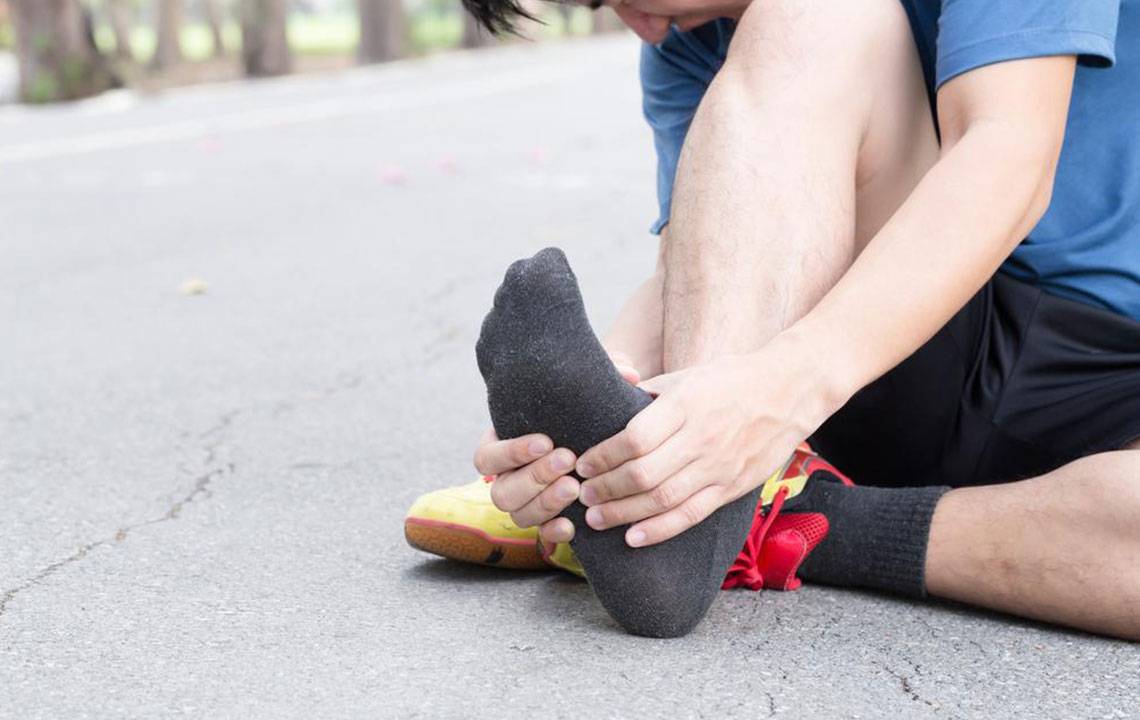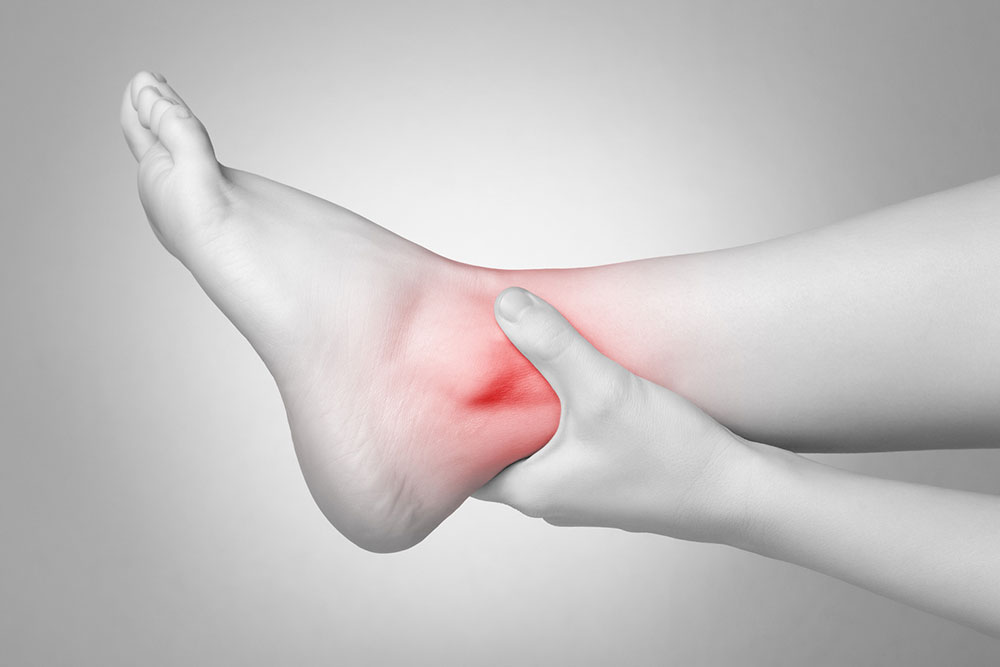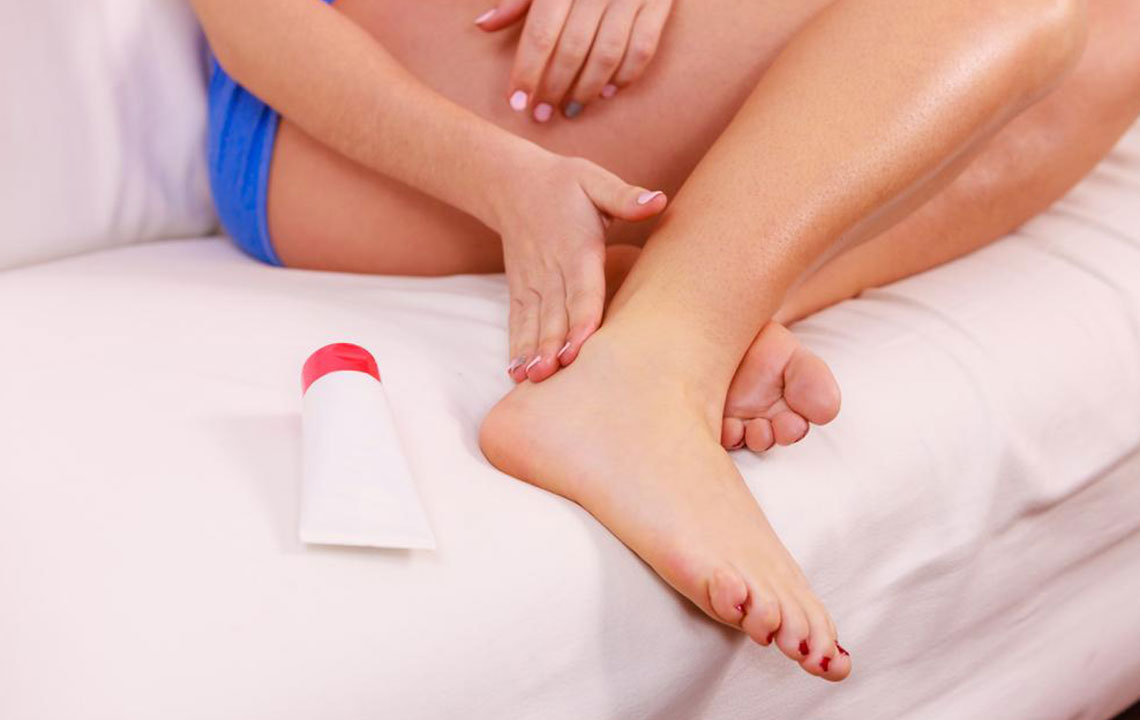Effective Strategies for Managing Plantar Fasciitis
Discover effective treatment options for plantar fasciitis including lifestyle changes, supportive footwear, stretching exercises, and medical interventions. Learn how to identify symptoms and prevent further damage to promote quicker recovery and restore daily comfort.
Sponsored

Managing Plantar Fasciitis: Treatment Approaches
Plantar fasciitis occurs when the thickening of the fascia beneath the foot causes discomfort. This condition can develop from recent injuries, chronic overuse, or cumulative minor traumas over time.
Initial Steps: Identifying and Addressing Causes
Understanding the root causes of plantar fasciitis is essential for effective treatment and prevention. Common contributors include:
Being overweight
Sudden increases in physical activity or new exercise routines
Prolonged standing on hard surfaces
Underlying health issues like rheumatoid arthritis or lupus
Wearing high heels or worn-out shoes with inadequate support
Having flat feet or high arches
Foot misalignment or leg length discrepancies
Tight Achilles tendons or heel cords
It is important to avoid these risk factors to facilitate recovery.
Symptoms to Watch For
Pain is the primary symptom of plantar fasciitis. Key indicators include:
Discomfort at the bottom of the foot, especially near the heel
Increased pain upon waking or after intense activity
Pain when standing after sitting for long periods
See a healthcare provider if you experience persistent heel pain, redness, or swelling, especially if typical remedies do not help.
Diagnosis and Assessment
Doctors usually diagnose plantar fasciitis based on symptom review and physical examination, particularly by applying pressure to the painful area. Imaging tests like X-rays may be performed to rule out stress fractures or other issues.
Goals of Treatment
Alleviate inflammation and pain
Enhance foot strength and flexibility
Promote healing of small ligament tears
Restore normal daily activity levels
Common Treatment Methods
Rest and Activity Modification: Limiting or avoiding activities that worsen heel pain
Ice Therapy: Applying ice to reduce inflammation and soothe discomfort
Supportive Footwear: Using shoes with proper arch support and shock absorption
Stretching Exercises: Regular stretching of the Achilles tendon and foot muscles
Night Splints: Wearing devices that keep the foot in a healthy position overnight
Medications: Taking NSAIDs like ibuprofen to manage pain and inflammation
Insoles and Cushions: Using heel pads for added comfort
Ultrasound Therapy: To promote healing and reduce swelling
Steroid Injections: For short-term relief in severe cases (with caution)
Surgical Intervention: Plantar fascia release procedure may be recommended when conservative treatments fail





